When men speak of the future, the gods laugh.
Chinese Proverb
That noise you're hearing as you read this article is probably the gods having a jolly old time at my expense. As that great American philosopher and poet Yogi Berra was fond of reminding us, it's tough to make predictions, especially about the future.
Still, that hasn't prevented fortune-tellers and stock analysts from making a comfortable living doing it. And as far as short-term predictions go, it isn't as hard as Berra suggests. To a first approximation, tomorrow is usually a lot like today, so we can start by guessing that X-ray diffraction during the next 5 to 10 years is probably going to resemble its present state, only more so. That means more membrane protein structures, more structures of big assemblies, and more use of structural information in the design of drugs and novel proteins.
It also means an acceleration of the use of X-ray diffraction as a routine tool in nanotechnology, materials science, synthetic chemistry, biochemistry, and cell biology. I always knew that crystallography would become a standard technique in the life sciences as it has been in the chemical sciences; I just never imagined that this would happen during my active scientific lifetime. But many of the people who now determine protein and nucleic acid crystal structures were not formally trained in the nitty-gritty of diffraction physics. To them the technique is largely a black box, made accessible by turnkey software that can handle most routine problems.
I sometimes wonder if the people who created such software realized that they were making themselves, if not obsolete, then at least increasingly irrelevant. A quick glance at any history of small-molecule crystallography would have warned them. There used to be departments of crystallography in a number of American universities; now there are none. Not many chemists would call themselves crystallographers any more. I don't think it will be too long before no one will call himself or herself a structural biologist either.
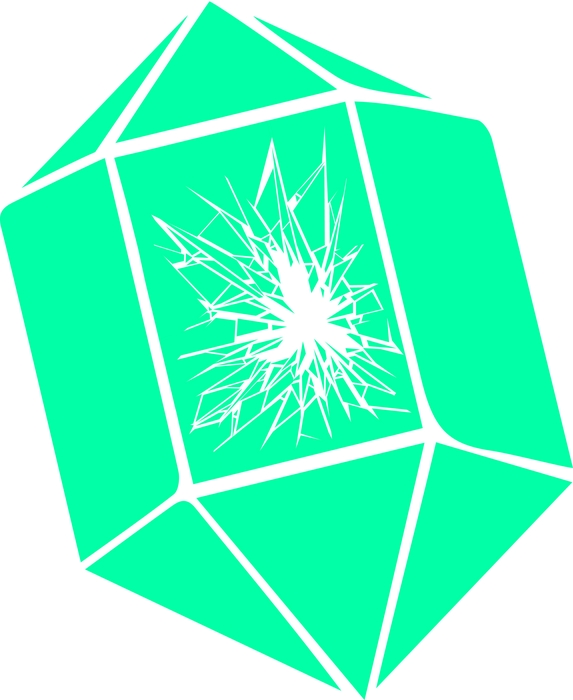
Credit: Shutterstock/C&EN
If you doubt that, consider how few people today refer to themselves as molecular biologists. What was the intellectual discipline of the 1960s and '70s is now part of the routine tool kit of just about everyone in the life sciences. Many small-molecule crystallographers are service staff in chemistry, materials science, and physics departments. One needs no oracle to predict that this will eventually be the fate of many, if not most, macromolecular crystallographers.
In the short term, then, the trends seem to me to be crystal clear (pun intended). In the long run, however … Well, as John Maynard Keynes said, in the long run, we are all dead. But let's not dwell on that.
What makes long-term predictions so difficult in general is the appearance of disruptive technologies, which almost by definition are unforeseeable. The classic example is the polymerase chain reaction (PCR). Before PCR, it took years to clone a gene, and many attempts failed. The day after PCR, anybody could clone anything.
No subject has seen more disruptive technologies than X-ray diffraction. A partial list would include the Patterson function, isomorphous replacement, and anomalous scattering, which enabled the determination of organic structures; direct (i.e., purely computational) methods of phase determination, which enabled small-molecule crystallography to be almost totally automated; synchrotron radiation and area detectors, which together made it possible to collect data on macromolecular structures in hours instead of months; and automatic interpretation of electron density maps. All these technical advances made it easier for expert crystallographers to tackle bigger and more difficult problems. But they also made it easier for people with little or no formal training in diffraction theory to use the technique in chemistry and biology.
Right now, the next disruptive technology in crystallography looks to be the free-electron laser, which produces beams of X-rays so bright that microcrystals can be used for data collection. In one recent experiment, these microcrystals were actually still inside a bacterial cell when they were irradiated. That's right: the structure of a protein in ordered intracellular aggregates was determined without anyone bothering to isolate or purify the protein away from its environment.
An X-ray beam of such intensity will, of course, destroy any microscopic object it irradiates, but with free-electron lasers the diffraction event is faster than the coulombic explosion, so data can still be obtained. Further increases in brightness may enable scientists to determine the structures of very large single particles, especially highly symmetric ones such as viruses, by measuring the diffraction from the particles themselves. There would no longer be a need to pack many copies of smaller objects into a crystal lattice to sufficiently amplify diffraction intensities.
Crystallography without crystals—it sounds like science fiction, doesn't it? But in a sense it's already here. Single-particle cryoelectron microscopy (cryoEM) is now able to provide structures of macromolecular assemblies to resolutions approaching 3 Å, sufficient to allow the polypeptide chain fold to be traced in a number of cases. This technique, which scientists are rapidly automating, may eventually displace crystallography as the tool of choice in many cell biology studies because it does not require the subject to crystallize and sometimes can even reveal multiple conformational states in a single experiment. If you question whether microscopy really should be considered part of the future of diffraction, let me point out that many of the algorithms and other techniques for turning collections of cryoEM images into three-dimensional structures had their origins in X-ray diffraction.
But the most disruptive technology of all is probably one that has actually been with us since the '50s: the computer. It is already possible to predict with surprising accuracy the folds of many simple monomeric proteins directly from their amino acid sequences—no experimental structure determination required. I personally won't get excited about that until its practitioners can do it for large oligomeric proteins—which includes being able to predict what kind of oligomer any given macromolecule will form—and can also predict how a macromolecule's conformation changes when substrate or another macromolecule binds to it. Clearly we are still a long way from the day when all structures of all molecules will simply be calculated from first principles. But if you seriously think that day will never come, I suggest you think again.
Taken together, these considerations suggest that the most definitive statement we can make about the future of X-ray crystallography is that it has no future—or at least, a limited one—in its present form. That sounds ominous, but actually it is not. It isn't extinction we're forecasting here, it's evolution. Prognosticators gleefully predicted the demise of radio when television came along, but radio didn't die out—it simply evolved into a medium with a different purpose. X-ray diffraction as we know it may become obsolete, perhaps sooner than we think, but it seems likely to me that ideas and methods from it will still exist as parts of many, if not most, of the newer techniques that replace it.
I always smile when atomic force microscopists and others who look "directly" at molecular structures get excited about seeing individual atoms. Crystallographers have been doing that for a hundred years. In the end, most experimental science is just an attempt to overcome the limitations of the human eye. The power and glory of X-ray crystallography was that it was the first technique to show our eyes what the atomic world really looked like—initially for minerals and simple solids; then for small organic substances; and eventually for giant molecules, macromolecular assemblies, and even organelles like the ribosome.
If Shakespeare is right and what's past is prologue, the immediate future will, as I've suggested, prominently feature the extension of that vision to even larger biological machines, with the increasing help of methods that incorporate many of the essentials of diffraction but that involve other kinds of radiation and noncrystalline specimens. Beyond that lies the veiled land of things to come, and your guess is not only as good as mine—it may well be better. The future, as Yogi Berra reminds us, is not what it used to be.
Gregory A. Petsko is the Arthur J. Mahon Professor of Neurology and Neuroscience at Weill Cornell Medical College, in New York City.

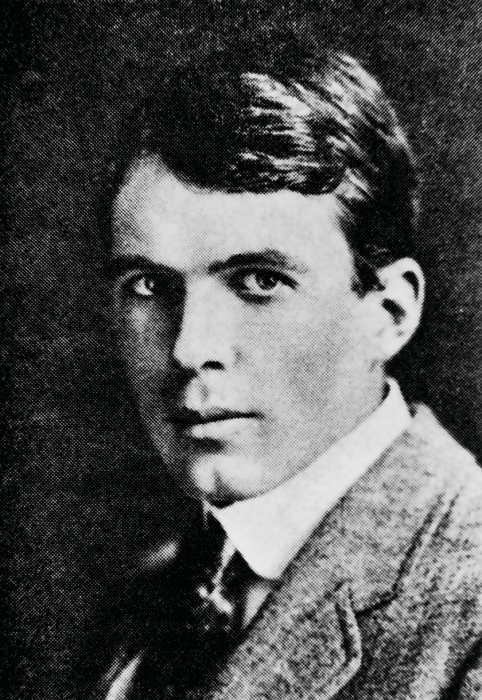
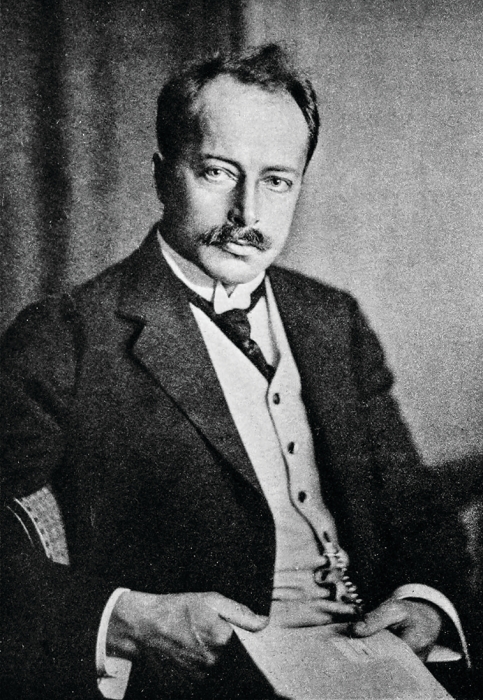




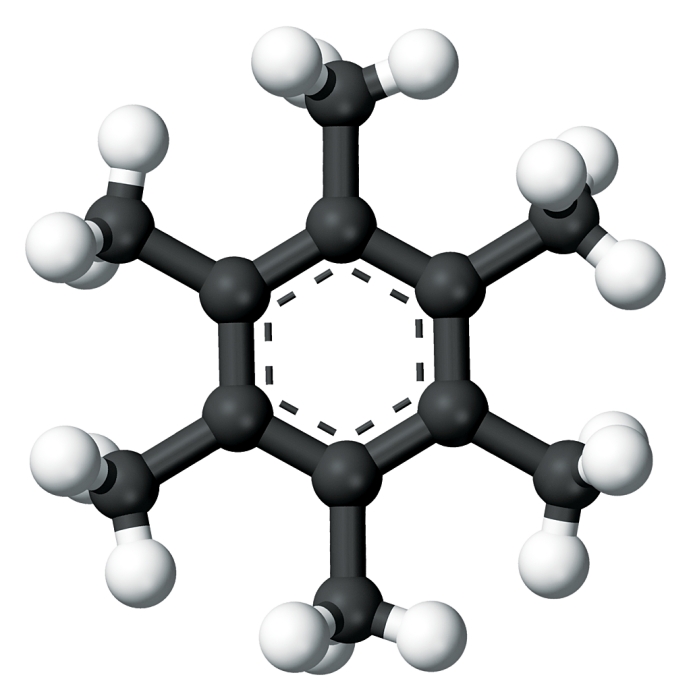
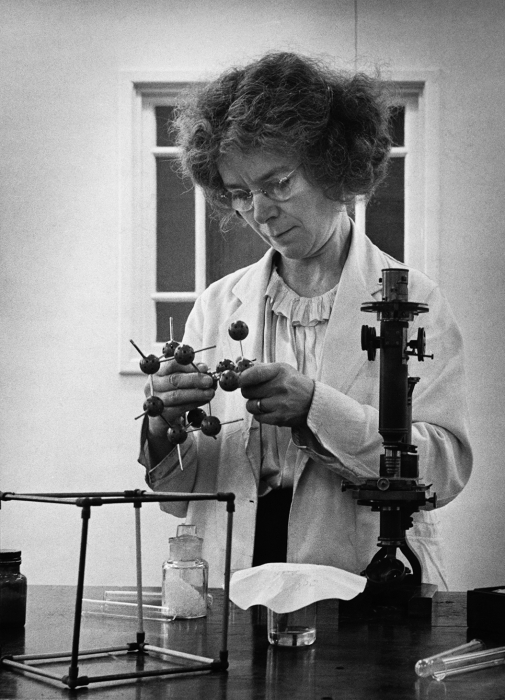
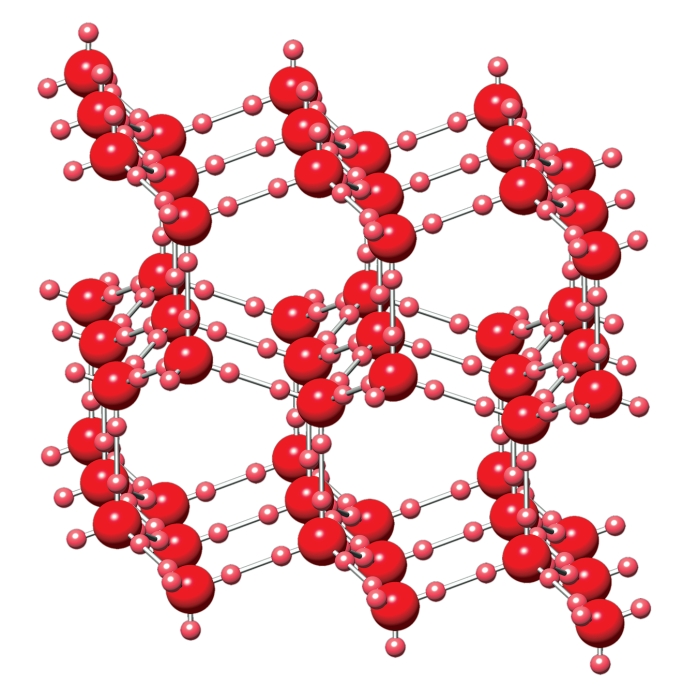

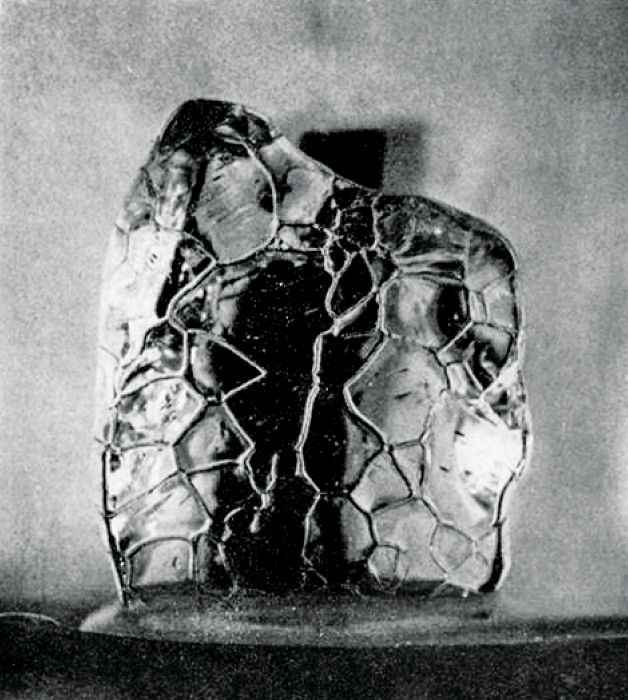
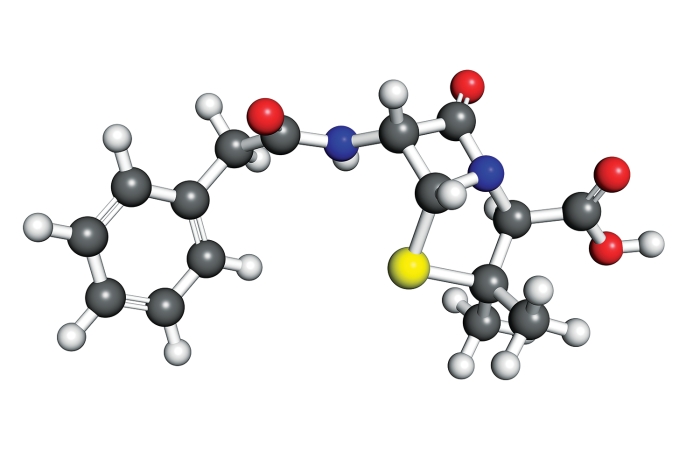
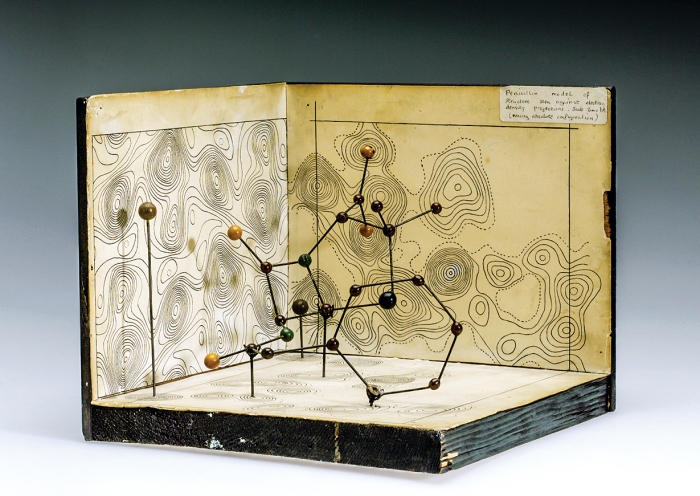


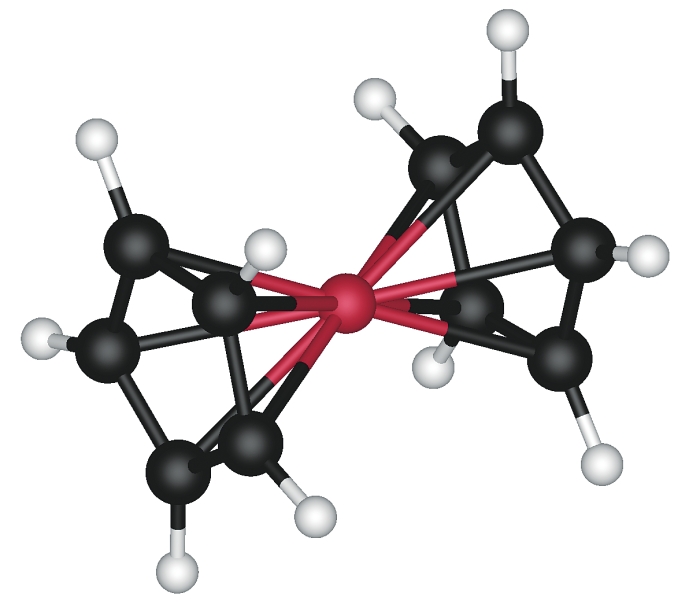
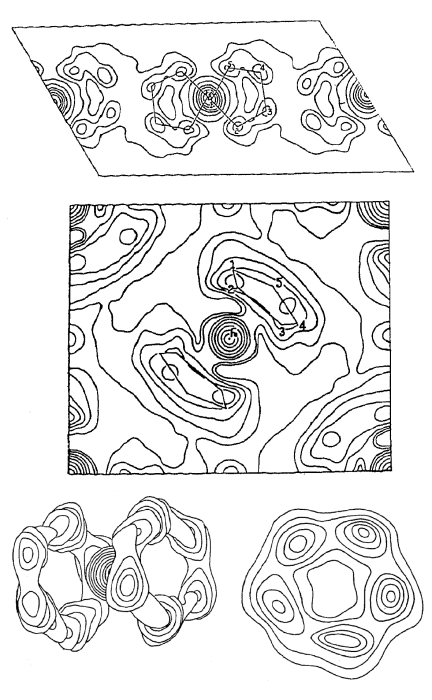
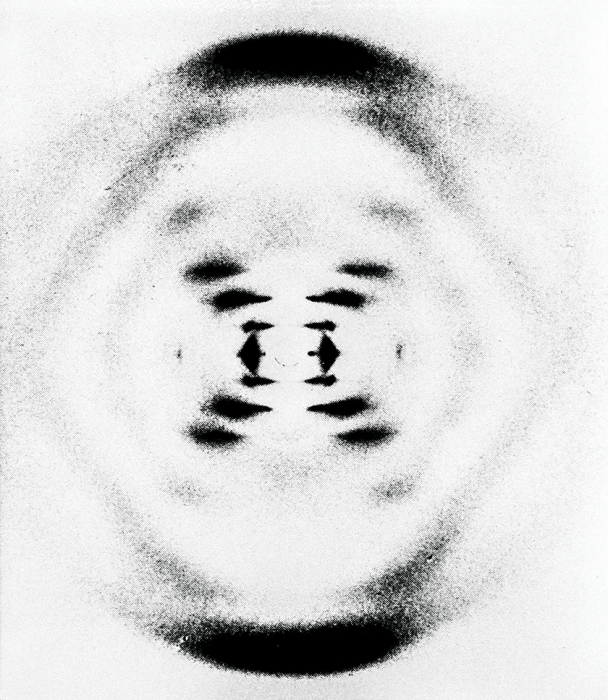
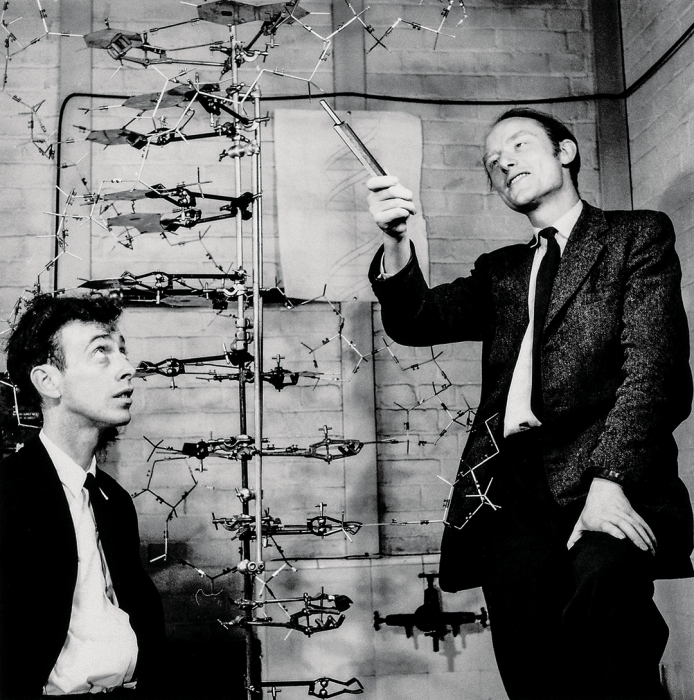
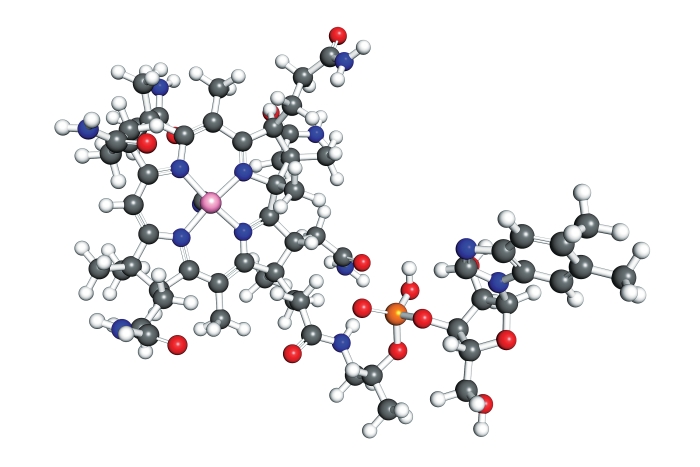
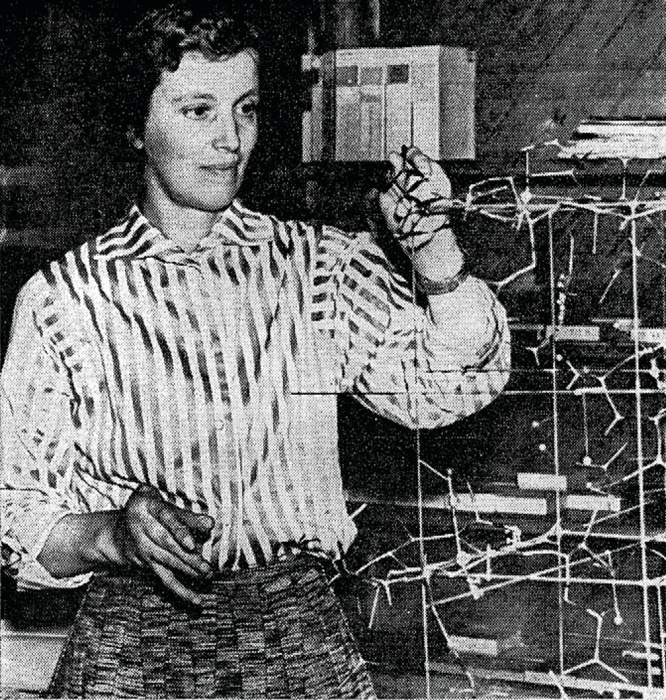
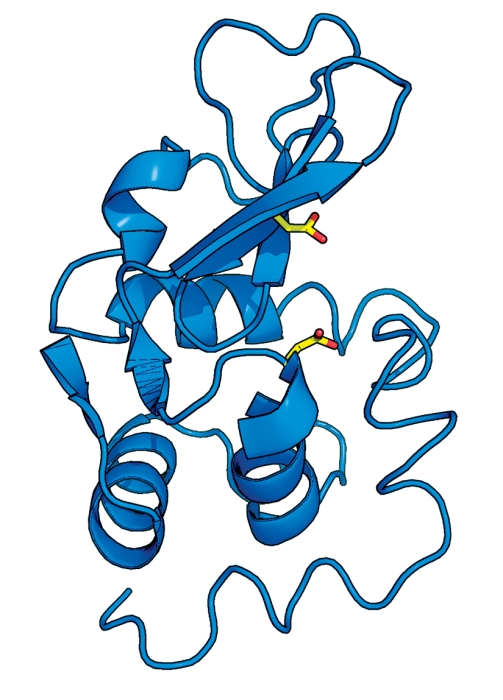
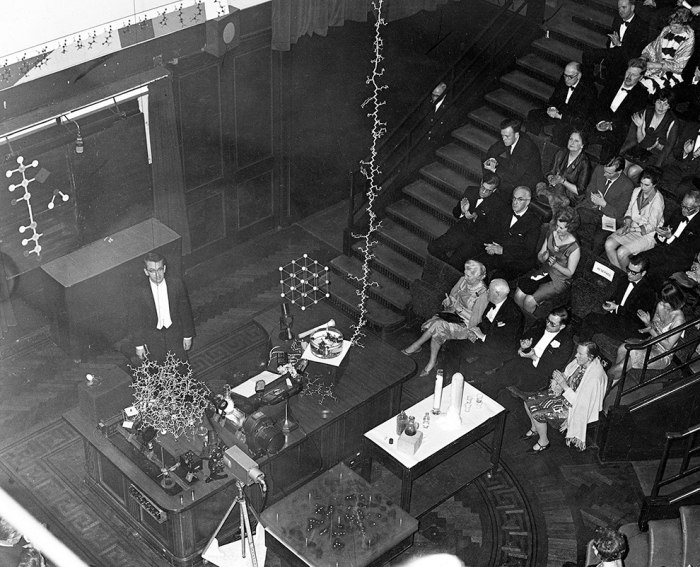


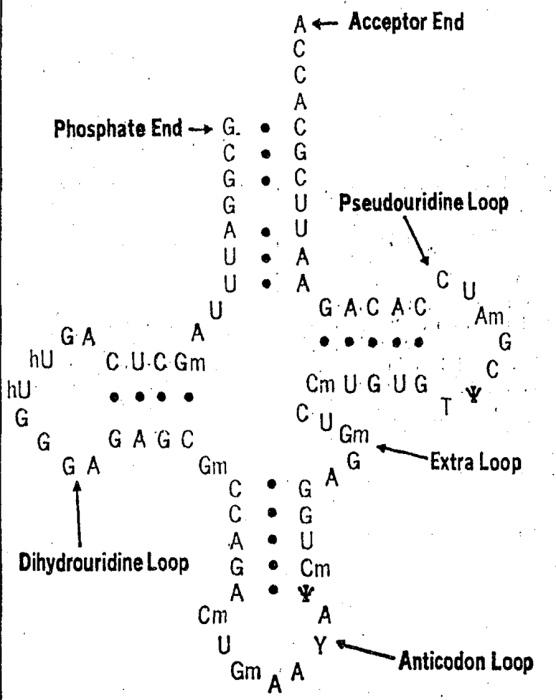
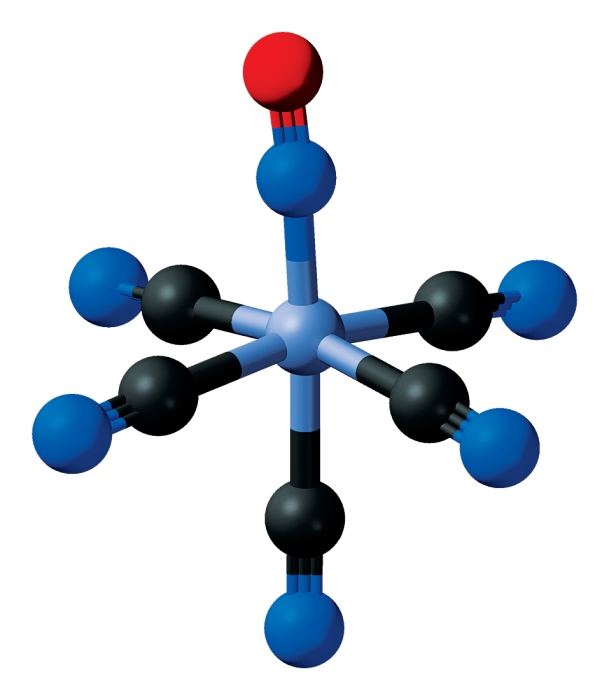
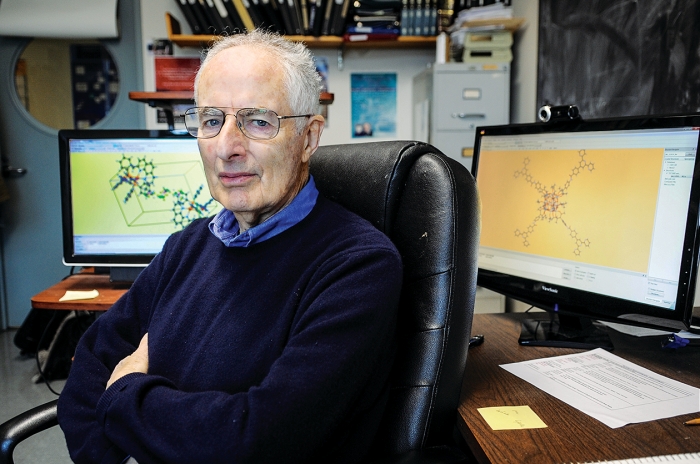
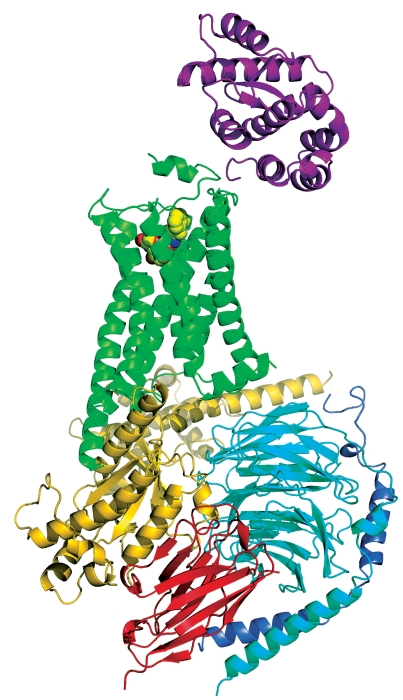
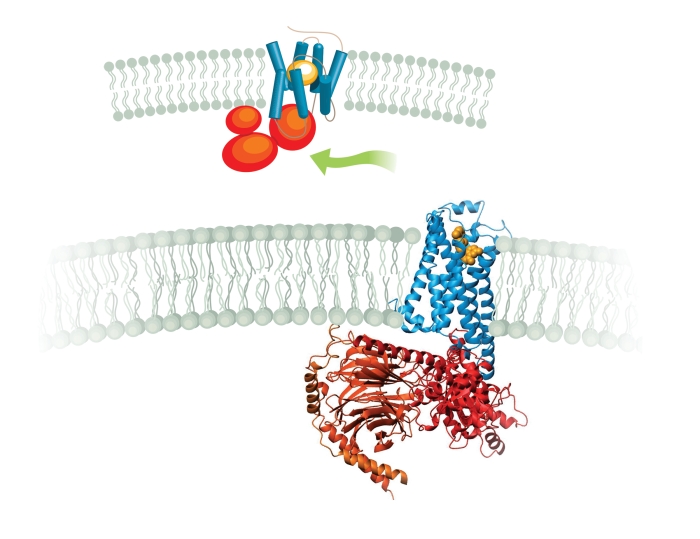
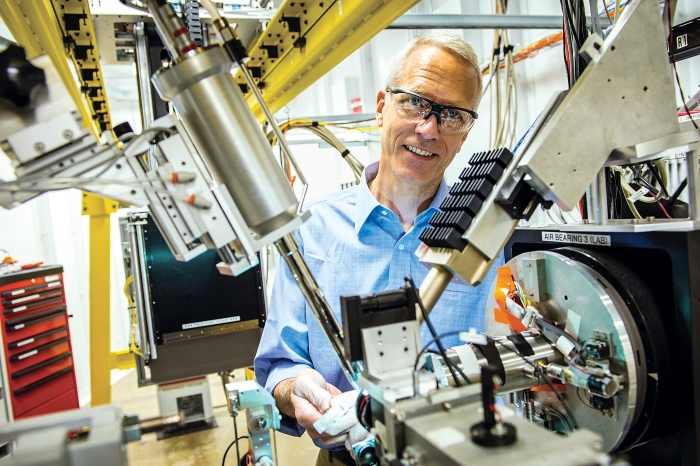
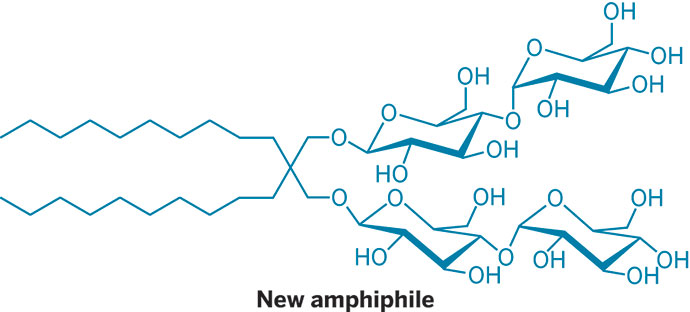

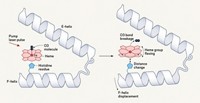

Join the conversation
Contact the reporter
Submit a Letter to the Editor for publication
Engage with us on Twitter